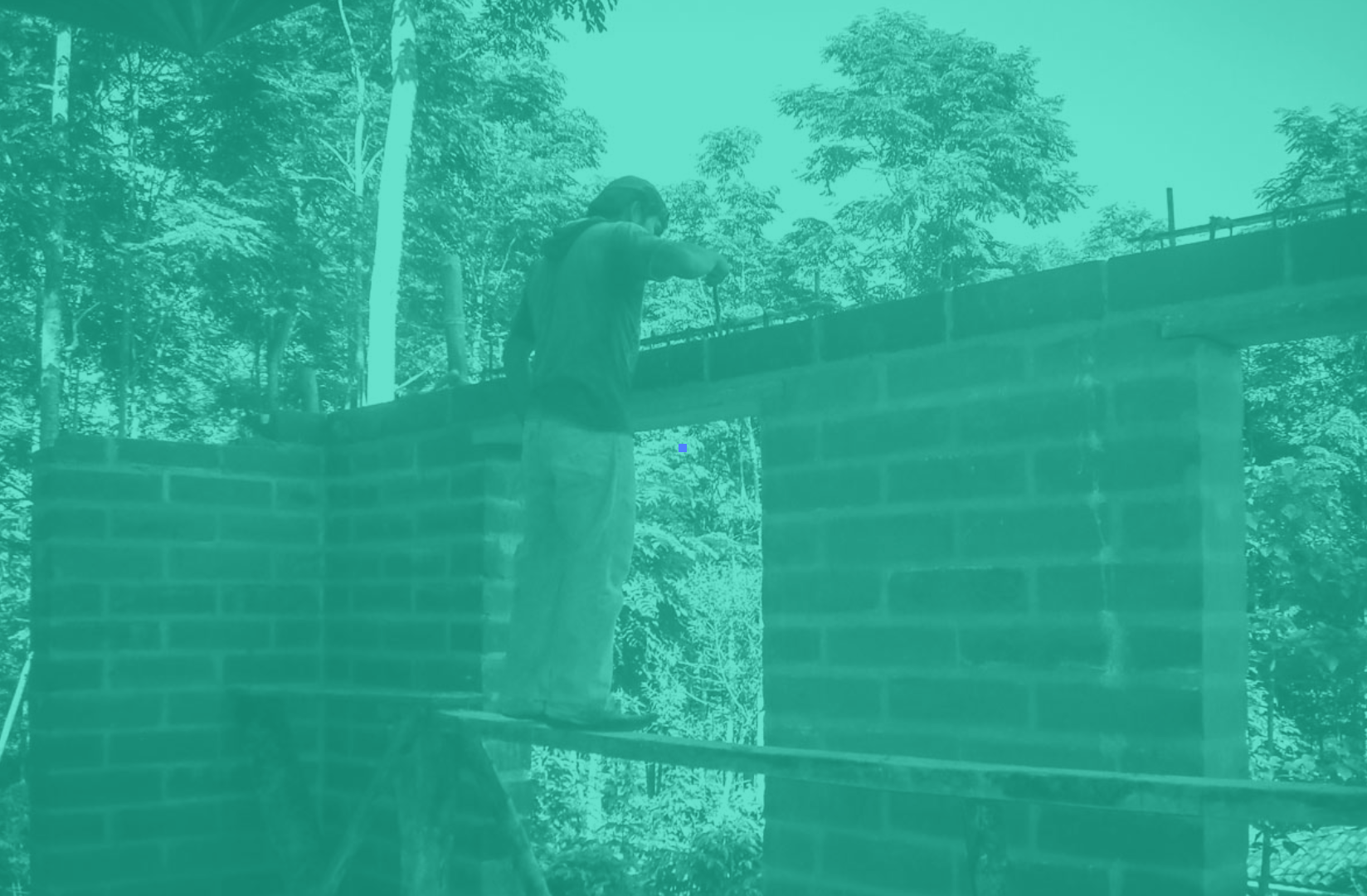
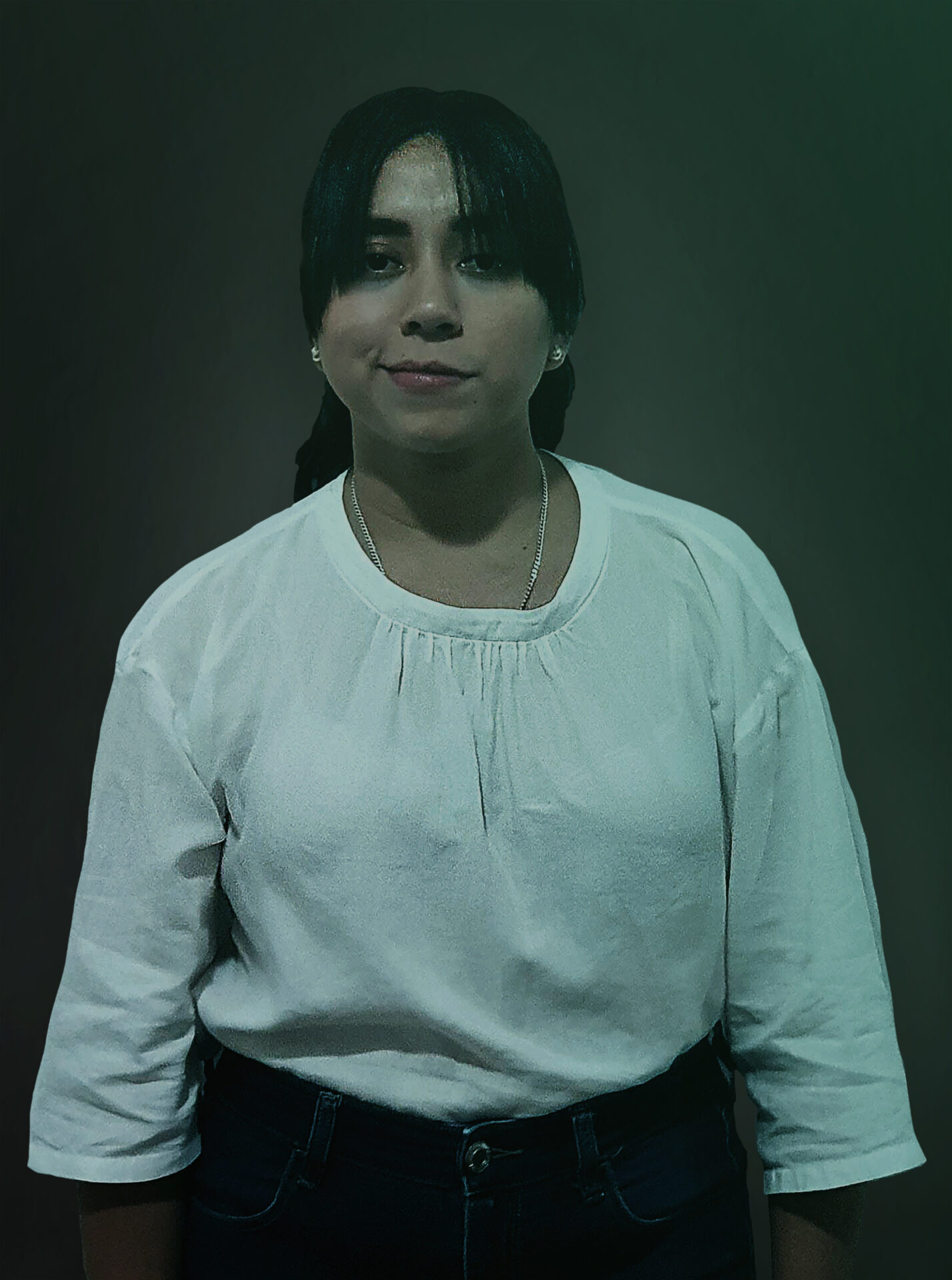
ABOUT THE AUTHOR
María Itzhel Zambrano Alegría Technical Executive-Project Leading Architect Jr.
“As humans, we grow and learn through life experiences that enable us to determine and find our purpose in the world. Architecture gives us the right to live multiple stories inside spaces and along the city. The truth is that we first are citizens before we are architects”


Mexico is a relevant country because of its culture and traditions, as citizens of any of its regions, we can say that social relationships are the principal axis of daily life. We can see this at the family meeting every Sunday, during a casual talk at grandma’s house, while saying hi to the neighbors across the street in the morning. The mere daily coexistence and cooperation with our team at the workplace is full of encounters and learning social experiences. We build routines that allow us to make community and end up representing an important part of our life.
Every meeting, activity, and interpersonal relationship hits us and changes us, it transforms us, and modifies the way we think and feel, and even how we experience life. Through dialogue, brainstorming, and reflection, we shape each other’s life constantly.
But where do these histories occur? All this cycle of experiences and transformative encounters with others takes place in specific places. Therefore, physical space is also part of the community, you cannot have the Sunday meeting without the host’s house, or drinking coffee in the morning wouldn’t be the same experience without that view throw the street window and towards the city or the garden. Physical places inspire us and determine us, these influence us to continue living the way we do.
How can a community be participatory and inclusive?
An ecosystem works through the interaction of many points and components that are related to each other in the search for survival; for example: in an aquatic ecosystem the phytoplankton and the seaweed are grouped into communities being responsible for photosynthesis in freshwater systems. In the same way, each community has a function that contributes to the habitat’s existence.
Therefore as inhabitants of this earth, we should promote collective participation: because we all grow through collaboration links, and to be able to coexist in a neutral, harmonious, and appropriate environment for our development we need to cooperate.
The dialogue is essential, not just through spoken or written language. There is a lesser-known language, that allows us to dialogue: architectural language, with which we communicate, reflect, experiment, and think about the space we live in.
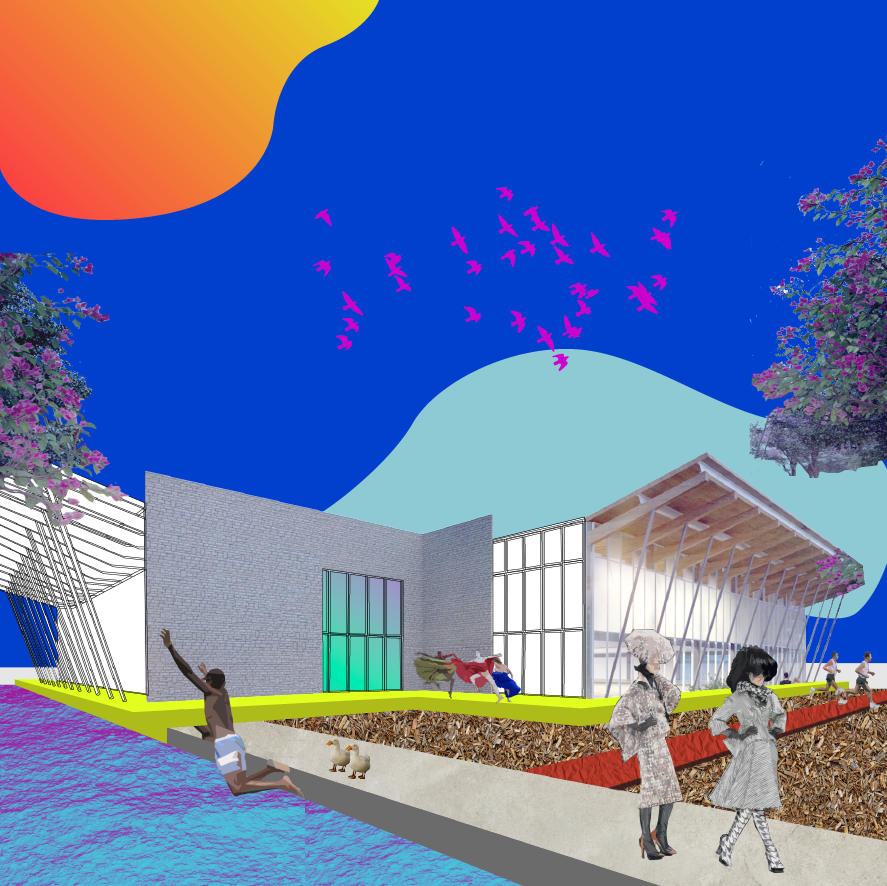
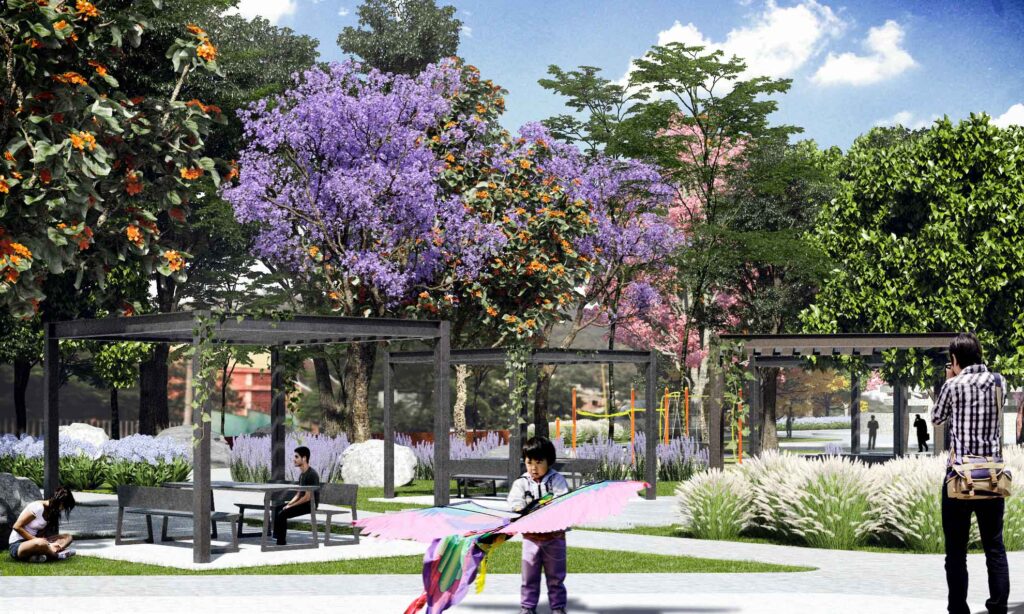

How can an Architectural Project speak to its community?
Cafeína Design has among one of its main goals to create architecture from a social approach and perspective, where identity can be identified and respected in every community while stimulating collective participation through architecture and design.
The sense of place and identity that a user builds with the space is the main positive result of an architectural project that evolves to be part of the community.
So, with these social parameters, we can create projects that can have a positive and transformative impact on daily life.
Regional Educative project
National universities for well-being rises to provide access to a right that for many other people is a privilege, this educational project could be a “solution for the social inequality and the lack of opportunities who young Mexican lives”.
The development of each project in different parts of the country takes part in recognizing social necessities and making a difference with the community, setting up the dialogue between the population and the architecture with some strategies that give value to the place.
Thinking about the local ecosystem our firm recognizes the context and history, both elements have a dialogue between with community and the project to be in peace with nature and the environment. Also, the community is invited to build their spaces and to learn and share knowledge about local construction techniques.
As we know this project goes further than just building, also it allows us to listen to the community and achieve collective success between the community and the architecture.
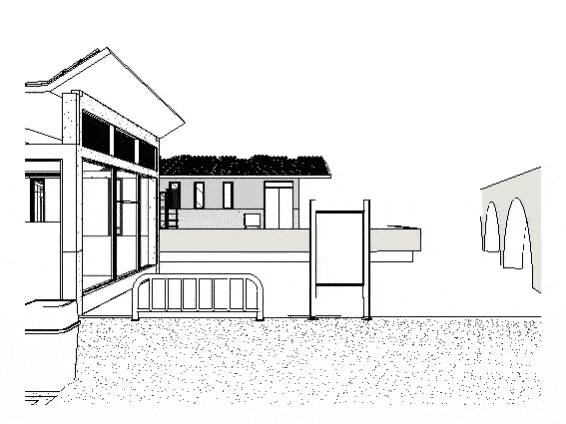
UBBJ Xonacatlán The site had few archery elements recognized as local heritage, we kept and integrated them with the new space through bows, filling the halls with history.
Conclusions
People being heard inspires us to continue creating projects like Chilsec. This is our secret recipe to do what we love with the people who inhabit the spaces: To create a special relationship between the people that promote good architecture. Therefore, architecture transcends and goes further.
Cafeína looks for places that can be part of positive transformation. We analyze the history and some aspects of the past, the history that the community lived and with that, we remember and feel the history that we will remember with time.
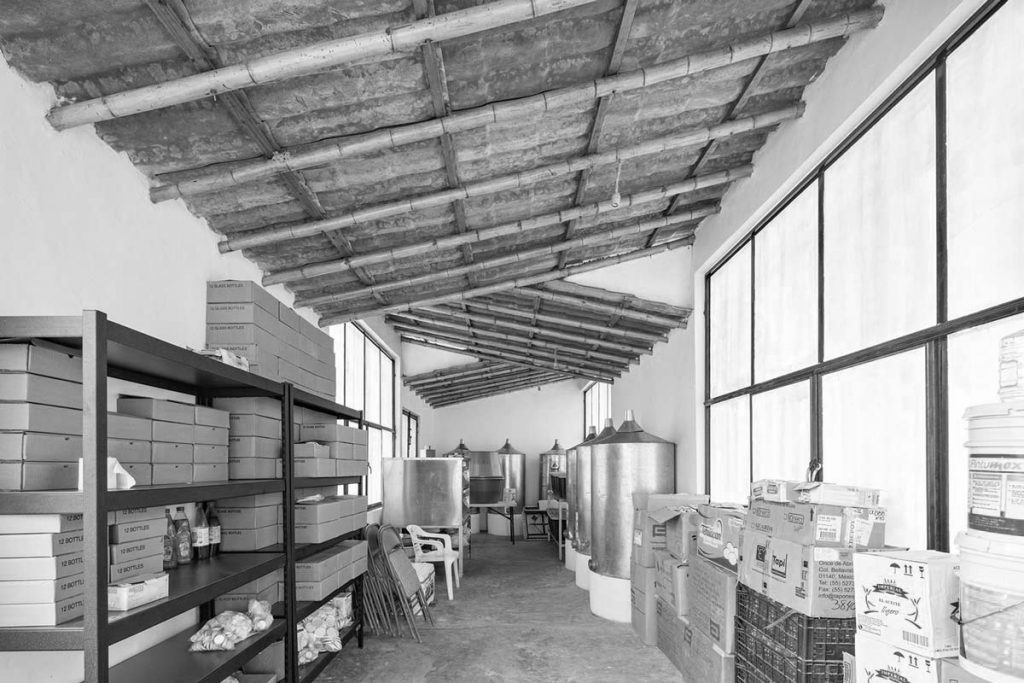
Want to learn more about this topic?
Contact us.
